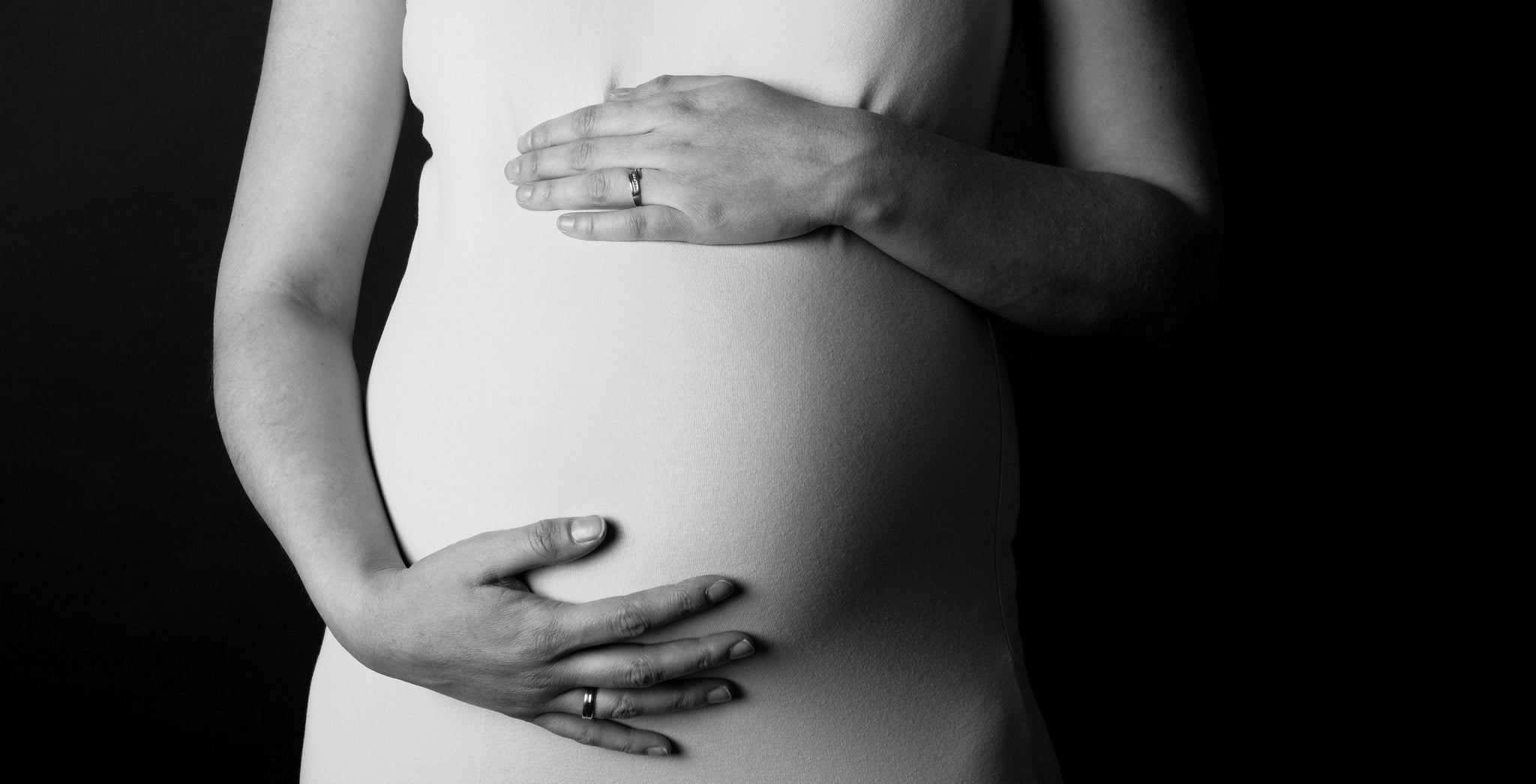Photo by: Pixabay user Pezibear.
Climate change puts at risk the food supplies of people in developing and developed nations alike. Floods, droughts, more intense hurricanes, heatwaves and wildfires can drive down crop yields, destroy livestock, and interfere with the transport of food. Rising carbon dioxide levels from human activity can make staple crops like rice and wheat less nutritious.
Why it matters: About 800 million people worldwide lack food. Many more have deficiencies in essential nutrients. 76% of the world’s population gets most of its daily nutrients from plants—yet climate change is already causing droughts and flooding that can destroy staple food crops. If extra CO2 in the atmosphere makes those crops less nutritious, it will be even harder to feed the world’s growing population.
The details: In most of the places where food is grown today, crop yields are likely to be lower because of more frequent heat waves, worse air pollution, floods, and droughts.
- Research led by Sam Myers, Director of the Planetary Health Alliance at the Harvard Chan School, found that when food crops like wheat, corn, rice and soy are exposed to CO2 at levels predicted for 2050, the plants lose as much as 10% of their zinc, 5% of their iron, and 8% of their protein content.
- These are all essential nutrients for people’s health and represent major risks to people’s health in developing nations where deficiencies in zinc, iron and protein lead to major burdens of disease. These diseases range from from maternal mortality around childbirth to problems with brain development in children.
- Recent studies also found that extra CO2 can reduce levels of zinc and iron content in staple crops. Both minerals are crucial to human health: zinc for a fully-functioning immune system, iron to form a key building block of hemoglobin, the molecule that moves oxygen in our bloodstream.
- “Our research makes it clear that decisions we are making every day—how we heat our homes, what we eat, how we move around, what we choose to purchase—are making our food less nutritious, and imperiling the health of other populations and future generations,” says Myers.
The Upshot: Carbon dioxide isn’t just causing climate change. It can also deeply affect your food and your health. Right now, more than 2 billions people worldwide are undernourished, and that number may grow if crops lose nutrients due to rising CO2 emissions.
Resources:
- Millions may face protein deficiency as a result of human-caused carbon dioxide emissions
- As carbon dioxide levels climb, millions at risk of nutritional deficiencies
- Rising CO2 threatens human nutrition
- Estimated Effects of Future Atmospheric CO2 Concentrations on Protein Intake and the Risk of Protein Deficiency by Country and Region
- Impact of anthropogenic CO2 emissions on global human nutrition
- Effect of increased concentrations of atmospheric carbon dioxide on the global threat of zinc deficiency: a modelling study

Reducing meat consumption good for personal and planetary health
Frequent red meat consumption has been linked to increased risk of some types of cancer, heart disease, and diabetes.

Should Pregnant Women Eat Fish? Exploring Prenatal Exposures to Chemicals
A video series exploring the impact of fish, mercury, and other chemical exposures on pregnant women and their babies.
Vegan diet can benefit both health and the environment
There is strong evidence that a plant-based diet is the optimal diet for living a long and healthy life, according to Harvard T.H. Chan School of Public Health nutrition expert Walter Willett. In a January 7, 2019 interview on the NPR show “1A,” Willett, professor of epidemiology and nutrition, said that it’s not necessary to…

As carbon dioxide levels climb, millions at risk of nutritional deficiencies
For immediate release: August 27, 2018 Boston, MA – Rising levels of carbon dioxide (CO2) from human activity are making staple crops such as rice and wheat less nutritious and could result in 175 million people becoming zinc deficient and 122 million people becoming protein deficient by 2050, according to new research led by Harvard…

Millions may face protein deficiency as a result of human-caused carbon dioxide emissions
If CO2 levels continue to rise as projected, the populations of 18 countries may lose more than 5% of their dietary protein by 2050 due to a decline in the nutritional value of rice, wheat, and other staple crops.
